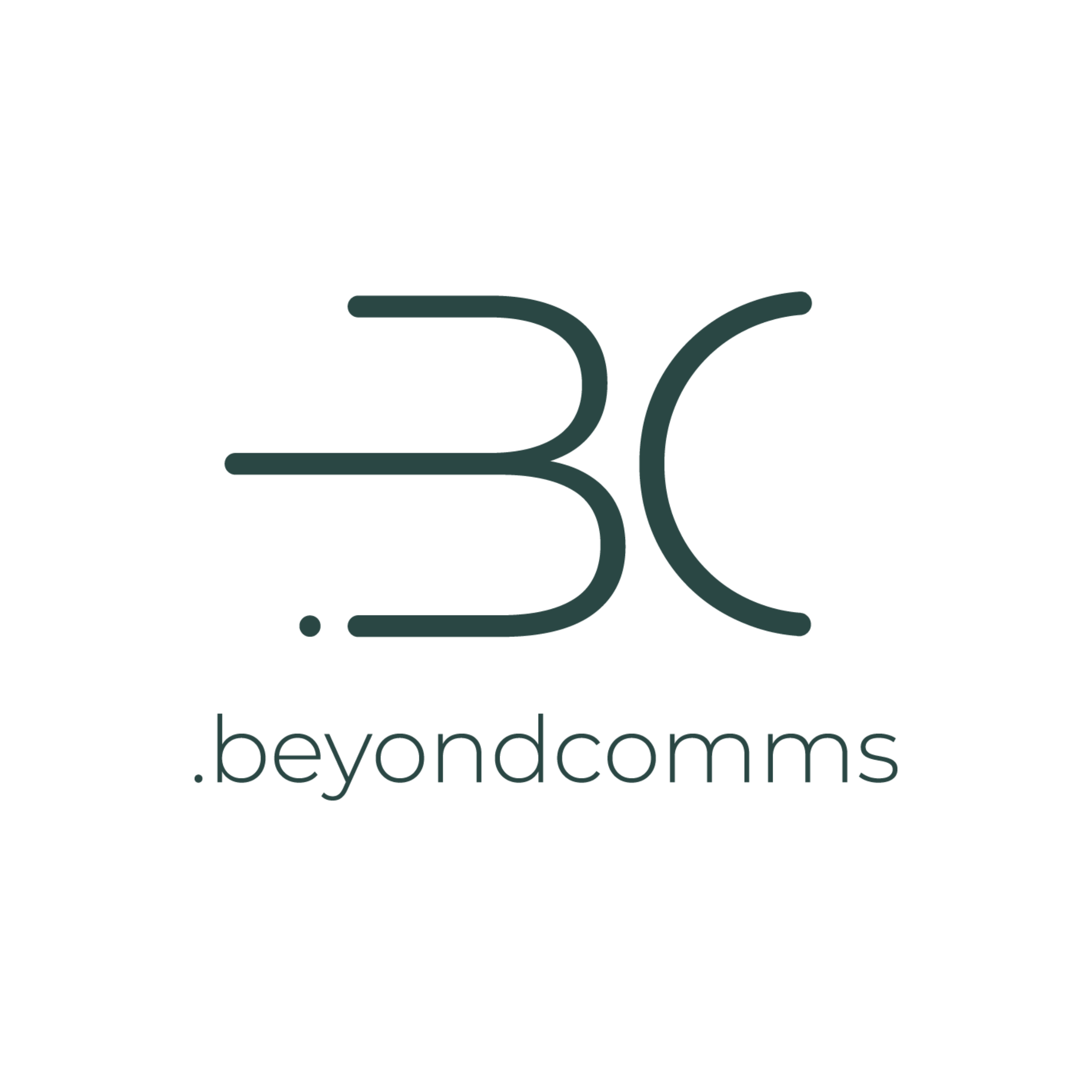
I have been talking to several founders who are incredibly excited about building their products or services. They draw excitement from hunkering down writing code or looking at how to optimize their client delivery. That’s all great, but I can see one clear warning sign: Most of them follow whatever is in front of them on the day, they adapt quickly based on feedback they receive, or they build their strategy based on the latest market insights.
In short, they lack long-term direction in their business. This week, we’ll dive into how you can action some of the signs that your business might be lacking direction. Don’t worry, these aren’t meant to take weeks or months. You should be able to get to a point of strong conviction in the matter of hours.
Are You Saying “Yes” to Everything?
When you find yourself saying yes to every opportunity that comes your way, you are reactive instead of taking action with intention.
A simple switch you can make: Create a mission-aligned filter with three questions:
- Does this opportunity align with our mission?
- Are we moving closer to our vision?
- Is participating an expression of at least one of our values?
For any opportunity that doesn’t receive three clear “yeses”, you should spend time considering the cost/benefits. We’ve all taken opportunities because of financial realities or influence. Do make sure that they are not taking up space in your business that could be used to further your mission. Think about it this way: Every ‘No’ will define your business just as much as a yes, sometimes even more.
Consistency = Connection
Inconsistent marketing reveals a lack of understanding of your stakeholders and signals insecurity. If you are unable to believe in your marketing efforts and key messages, why should anyone else believe in them? When your messaging changes drastically month to month, your audience will struggle to connect with your story.
A step you can take today: Create a messaging framework document that includes:
- Your unique value proposition in one sentence
- Three key messages that support this proposition
- The words and expressions you’ll use to describe your offering
- Your brand’s personality
Before you approve any new materials, run them through this framework. Does the content reinforce your core messages, or does it diverge into new territory? Consistency builds recognition and trust.
Center “Why” – Relegate “What” to the Sidelines
You and your team might be incredibly busy with hundreds of tasks every day. If that busy isn’t underpinned by an understanding of the mission, your team is focusing only on tactics. In turn, you might have a short-term boost of metrics but you’ll lack impact in the long-term.
To-Do at your next meeting: Dedicate 30 minutes to:
- Articulate your big mission for everyone
- Ask each team member how their work connects to this mission
- Create space for questions about the “why” behind key initiatives
- Ruthlessly cut any tasks that don’t serve the mission
In these 30 minutes, you should be able to create the context that makes everyone’s work meaningful, shifting focus from task completion to mission fulfillment. Do this at least once a month.
Simplify Decisions
Without a shared understanding of your mission, decisions become exhausting negotiations rather than straightforward decisions.
A fundamental document: Develop a one-page decision-making framework that includes:
- Your mission statement at the top
- Your 3-5 core values
- Key questions to evaluate alignment
- A simple scoring system for major decisions
When anyone in your organization faces a strategic decision, they can refer to this framework first. Often, they will probably be able to make the decision themselves. At the very least, you’ll be amazed how quickly alignment emerges when everyone uses the same filter.
Lean into Your Voice
When we’re unclear on our direction, we tend to mimic competitors. At the beginning that might be fine to find your footing. But if you want to build a truly memorable, long-lasting brand, you will have to embrace your voice.
A quick workshop: Schedule a 2-hour session to identify:
- How your ideal audience communicate and what they respond to
- What personality your brand has (look at some archetype examples for inspiration)
- Decide on 3-5 ways in which you express this personality (e.g. is it through memes, high-production videos, quick witty tweets)
After the session, commit to implementing these insights and aligning all communication to this specific tone of voice and personality. If you stick with this for at least 60 days, you’ll begin to see how your audience will connect more deeply with you.
